A Spicy Journey Through the Spanish Mediterranean Diet: Flavors, Tips, and Traditions
Table of Contents
Introduction to the Spanish Mediterranean Diet
The Spanish Mediterranean diet is more than just a way of eating—it's a vibrant lifestyle steeped in tradition, flavor, and health. Rooted in the regions surrounding the Mediterranean Sea, this diet emphasizes fresh, seasonal ingredients, whole grains, legumes, and an abundance of spices that give dishes their signature warmth and depth.
What sets the Spanish Mediterranean diet apart is its use of bold spices like paprika, saffron, and oregano, which are not only flavorful but also rich in antioxidants and other health benefits. From the smoky heat of chorizo to the bright zest of citrus, every ingredient plays a role in creating a balanced and delicious meal.

Spices in the Spanish Mediterranean Diet
Spices are the soul of the Spanish Mediterranean diet. They bring out the best in every dish, adding layers of flavor and aroma. Here are some of the most commonly used spices and their unique contributions:
- Paprika: A staple in Spanish cuisine, paprika adds a sweet or smoky flavor depending on the type. It’s essential in dishes like chorizo, paella, and gazpacho.
- Saffron: Known as the “golden spice,” saffron is prized for its distinct color and earthy flavor. It’s often used in paella and seafood stews.
- Oregano: This aromatic herb brings a sharp, slightly bitter note that pairs well with tomatoes, olive oil, and meats.
- Cumin: Cumin adds a warm, nutty flavor and is commonly found in tapas and grilled meats.
- Garlic and Onion: These are the building blocks of many Spanish dishes, providing depth and a savory base.
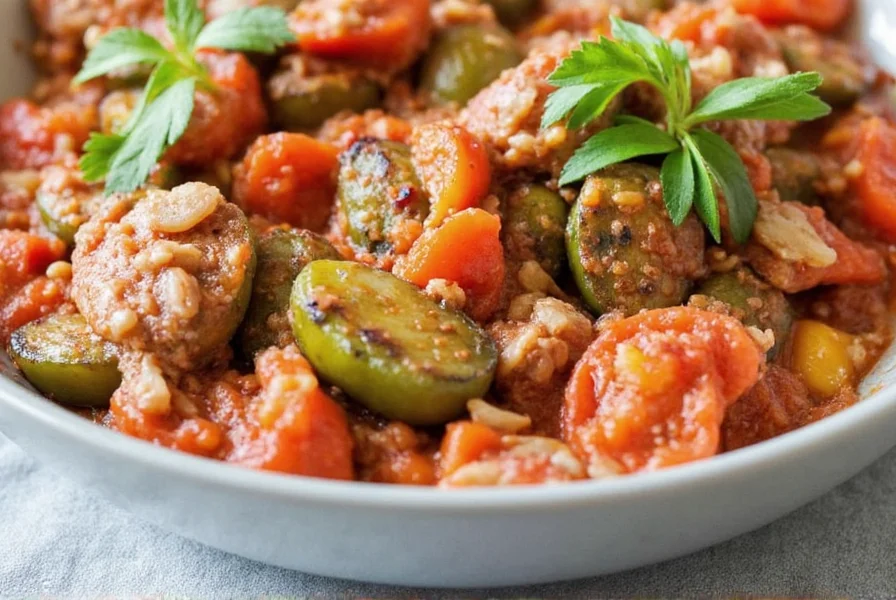
Practical Tips for Embracing the Spanish Mediterranean Diet
If you're looking to incorporate the Spanish Mediterranean diet into your daily life, here are some practical tips to get started:
- Start with small changes: Begin by swapping out processed snacks for fresh fruits, nuts, and olives. You can also try using olive oil instead of butter in cooking.
- Experiment with spices: Don’t be afraid to add a pinch of paprika or a dash of saffron to your meals. Spices can transform simple ingredients into something extraordinary.
- Use fresh, local ingredients: Visit your local market to find the freshest produce, cheeses, and meats. Seasonal foods are not only more flavorful but also more nutritious.
- Incorporate legumes and whole grains: Lentils, chickpeas, and quinoa are excellent sources of protein and fiber. Try them in salads, soups, or as a side dish.
- Enjoy meals with others: The Spanish Mediterranean diet is about more than food—it’s about connection. Share meals with family and friends to make the experience even more enjoyable.
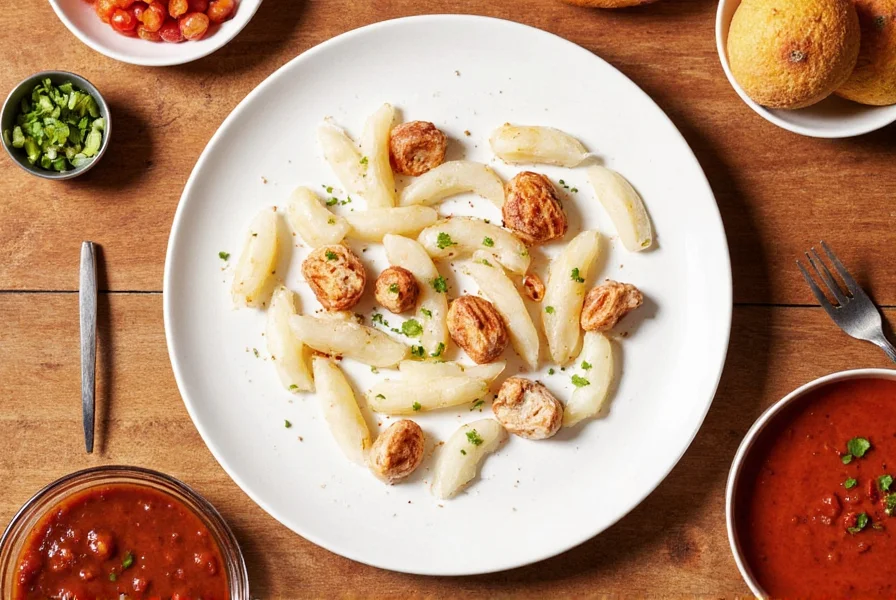
Buying Guide for Key Ingredients
To truly embrace the Spanish Mediterranean diet, it’s important to know where to find high-quality ingredients. Here’s a guide to some of the must-have items and where to buy them:
| Ingredient | Features | Advantages | Use Cases | Target Audience | Suitable Occasions |
|---|---|---|---|---|---|
| Olive Oil | Extra virgin, cold-pressed | Rich in healthy fats and antioxidants | Drizzling over salads, cooking, baking | Cooking enthusiasts, health-conscious individuals | Weekday meals, special occasions |
| Saffron | Stigmas from Crocus sativus flower | Enhances color and flavor in dishes | Paella, rice dishes, stews | Chefs, home cooks, gourmet lovers | Special dinners, holidays |
| Paprika | Smoked or sweet variety | Adds depth and color to dishes | Chorizo, roasted vegetables, soups | Home cooks, spice lovers | Casual meals, barbecues |
| Garlic | Fresh, peeled bulbs | Boosts flavor and offers health benefits | Marinades, sauces, roasting | Cooking beginners, seasoned chefs | Daily meals, festive gatherings |
| Legumes (Lentils, Chickpeas) | Organic, dried or canned | High in protein and fiber | Salads, soups, stews | Vegans, vegetarians, health seekers | Lunches, potlucks |
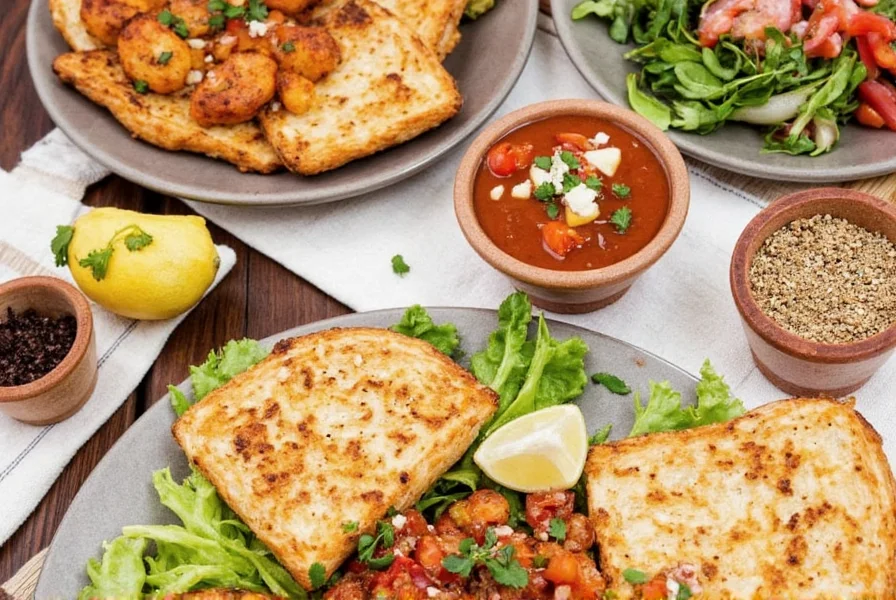
Conclusion
The Spanish Mediterranean diet is a celebration of flavor, health, and tradition. By incorporating its key elements—fresh ingredients, bold spices, and a focus on community—you can enjoy meals that are both satisfying and nourishing. Whether you’re a seasoned chef or a curious enthusiast, there’s always something new to discover in the world of Spanish Mediterranean cuisine.
Remember, the Spanish Mediterranean diet isn’t just about what you eat—it’s about how you eat. So take your time, savor each bite, and let the flavors transport you to the sun-soaked coasts of Spain.
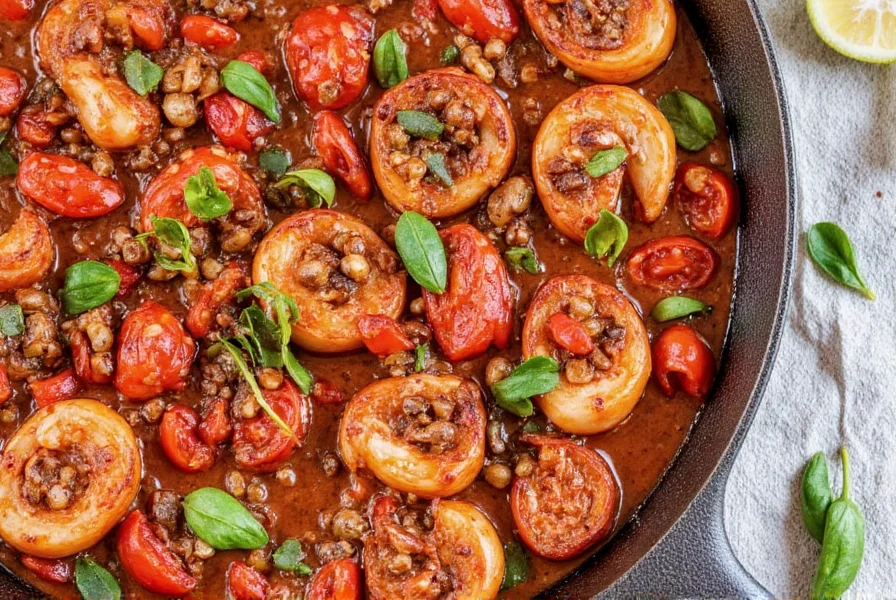

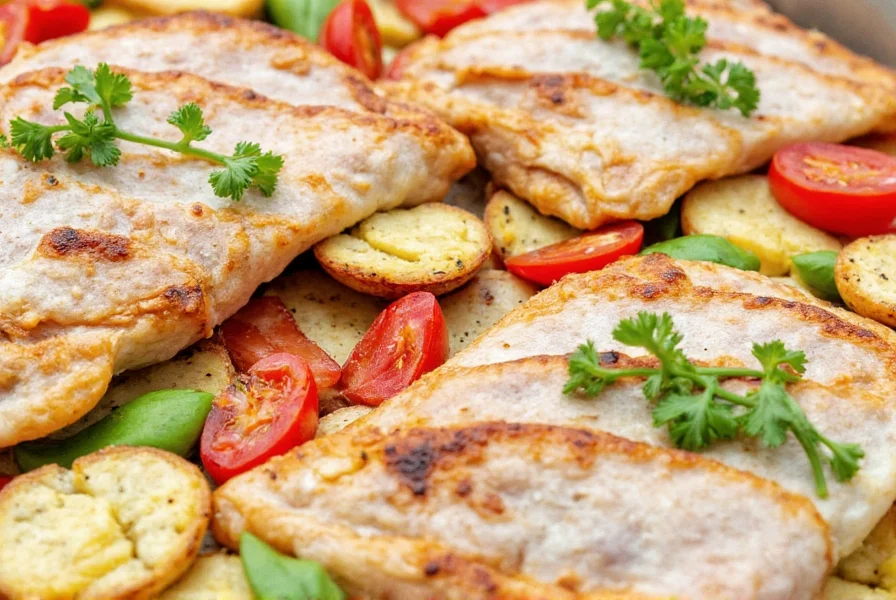









 浙公网安备
33010002000092号
浙公网安备
33010002000092号 浙B2-20120091-4
浙B2-20120091-4